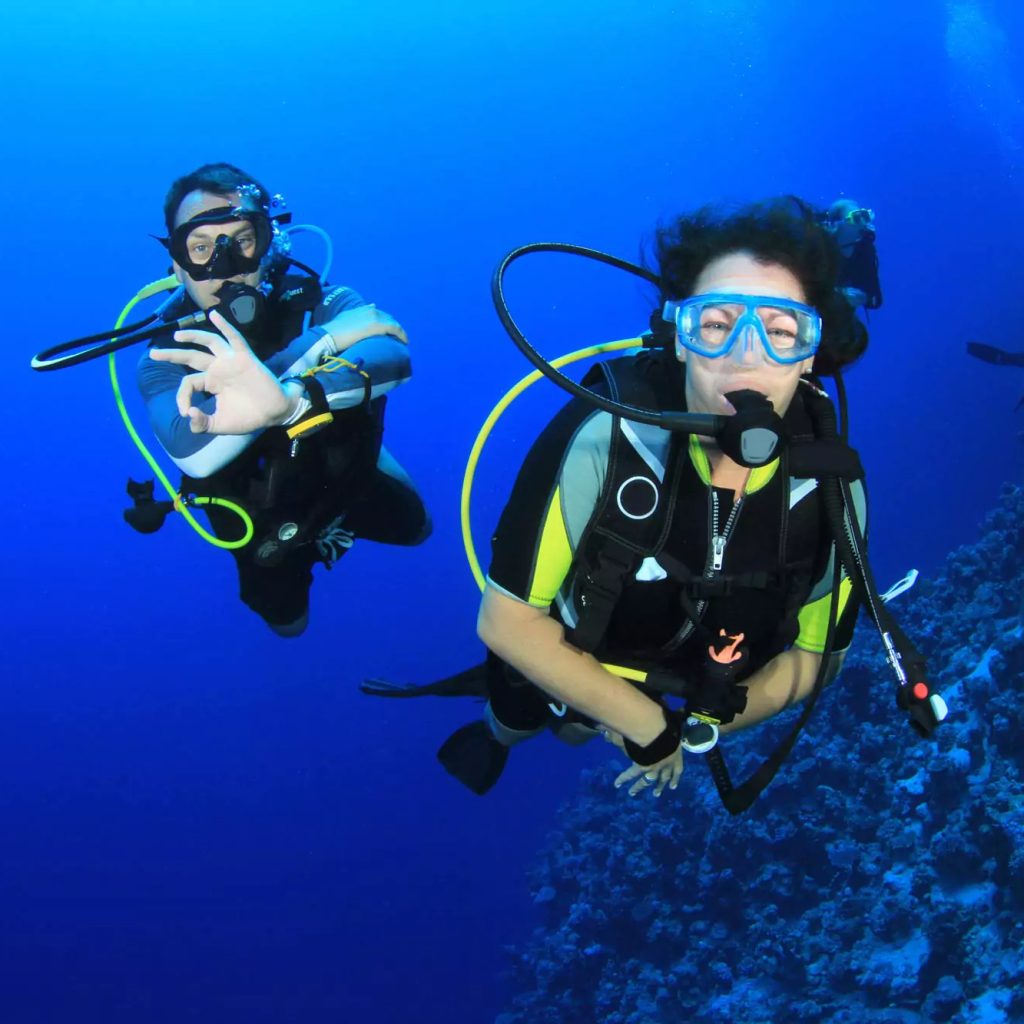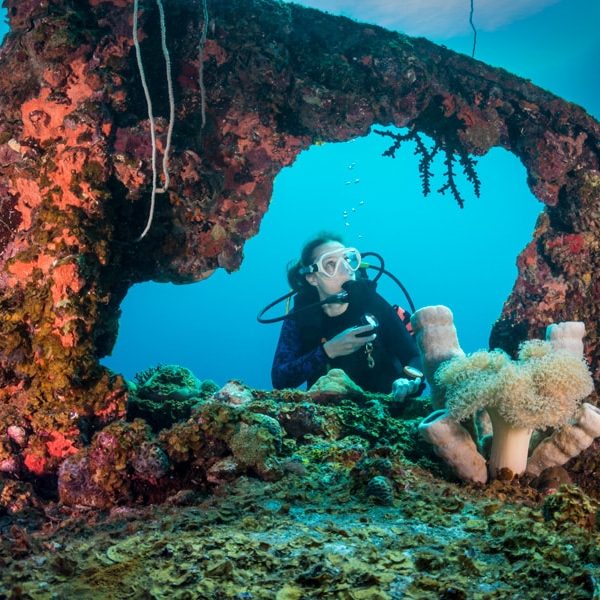The Byford Dolphin diving accident is one of the most tragic and well-documented incidents in the history of commercial diving. This horrific event in the North Sea resulted in the deaths of five divers and highlighted significant flaws in diving safety protocols and equipment. This comprehensive guide delves into the background of the Byford Dolphin, the events leading up to the accident, the accident itself, the immediate aftermath, the long-term impact on diving safety, and the lessons learned from this tragedy.
Background of the Byford Dolphin
The Byford Dolphin Rig
The Byford Dolphin is a semi-submersible, self-propelled drilling rig operated by Dolphin Drilling, a division of Fred. Olsen Energy. The rig was built in 1974 and has been employed in various drilling operations across the globe, most notably in the North Sea. It was designed to operate in harsh environments and deep waters, making it suitable for drilling in the North Sea’s challenging conditions. The rig included advanced diving systems and decompression chambers, making saturation diving operations a routine part of its functionality. These operations were critical for maintaining and repairing underwater infrastructure.
The Diving Team
The diving team aboard the Byford Dolphin consisted of highly skilled and experienced divers trained in saturation diving techniques. Saturation diving allows divers to live and work at significant depths for extended periods, requiring them to remain in a pressurized environment to avoid decompression sickness. The team was responsible for maintenance, repairs, and inspections of underwater equipment and structures. Saturation diving is inherently risky and requires precise execution of safety protocols. The divers aboard the Byford Dolphin were well-aware of these risks and had undergone rigorous training to mitigate them.

Events Leading Up to the Accident
Routine Diving Operations
In the days leading up to the accident, the Byford Dolphin diving team was engaged in routine underwater operations. These activities included inspecting and maintaining underwater oil extraction equipment. The divers used a diving bell to travel between the surface and the seabed, and they lived in a pressurized saturation chamber on the rig when not working. Communication between the divers and the surface team was critical for coordinating these operations. The diving bell and saturation chamber were part of an integrated system designed to maintain the necessary pressure conditions for the divers.
Equipment and Safety Checks
As with any diving operation, equipment and safety checks were a standard procedure. The diving team and surface crew routinely inspected and maintained the equipment to ensure it was functioning correctly. This included checking the integrity of the diving bell, the saturation chamber, the life support systems, and the communication equipment. Safety protocols were in place to guide the divers and surface team through each phase of the operation. These checks were crucial for ensuring the safety and well-being of the divers as they performed their tasks underwater.
The Accident
Sequence of Events
On November 5, 1983, a catastrophic accident occurred during a routine procedure to transfer two divers from the diving bell to the saturation chamber. The sequence of events began when the diving bell was brought to the deck of the Byford Dolphin. Due to a series of miscommunications and procedural errors, the bell was prematurely disconnected from the chamber while still under pressure. This resulted in explosive decompression, causing the pressure inside the chamber to drop suddenly and violently. The rapid decompression had devastating consequences for the divers involved, leading to immediate fatalities.
Immediate Impact
The immediate impact of the explosive decompression was devastating. The sudden drop in pressure caused the internal organs of the divers to rupture, leading to instant death. The force of the decompression also caused severe physical trauma. Four divers inside the chamber and one diver inside the diving bell lost their lives almost instantly. Additionally, a surface worker who was near the bell sustained severe injuries. The scene was chaotic and horrifying, leaving the surviving crew members in shock and disbelief. The accident highlighted the inherent risks and vulnerabilities associated with saturation diving operations.

Immediate Aftermath
Emergency Response
In the immediate aftermath of the accident, the crew quickly activated emergency response protocols. First, the crew diligently secured the area and provided medical assistance to the injured surface worker. Subsequently, they notified authorities, who launched investigations to determine the cause of the accident. In addition, they shut down the saturation system and halted the rig’s operations. Furthermore, the crew recovered the bodies of the deceased divers and made arrangements for their repatriation. Understandably, the tragedy took an immense emotional toll on the surviving crew and their families, and therefore, they received counseling services to help them cope with the situation.
Investigations and Findings
Following the immediate response, multiple investigations were conducted to understand the causes of the Byford Dolphin diving accident. The Norwegian government, along with independent experts, examined the equipment, procedures, and communication protocols. As a result, the investigations revealed several critical issues, including procedural errors, equipment malfunctions, and lapses in safety protocols. Specifically, the premature disconnection of the diving bell was identified as the immediate cause of the explosive decompression. Ultimately, the findings highlighted the need for stringent adherence to safety protocols and the importance of thorough training and communication among the diving team and surface crew.
Long-Term Impact on Diving Safety
Changes in Regulations
The Byford Dolphin accident prompted significant changes in diving regulations. Authorities and industry organizations implemented stricter safety standards and protocols to prevent similar incidents in the future. These changes included more rigorous training requirements, enhanced equipment standards, and improved communication procedures. Regulatory bodies introduced new guidelines for saturation diving operations, emphasizing the importance of adherence to safety protocols. The accident underscored the need for continuous evaluation and improvement of safety measures to protect divers working in hazardous environments.
Technological Advancements
The accident also spurred technological advancements in diving equipment and systems. Innovations included the development of more reliable and fail-safe connections between diving bells and saturation chambers. Additionally, improvements were made in life support systems, communication devices, and monitoring equipment. These technological advancements aimed to enhance the safety and efficiency of saturation diving operations. The industry invested in research and development to create solutions that would minimize risks and ensure the well-being of divers. The Byford Dolphin accident served as a catalyst for progress and innovation in underwater diving technology.
Lessons Learned
Importance of Rigorous Training
One of the key lessons from the Byford Dolphin diving accident is the critical importance of rigorous training for divers and surface crew members. Comprehensive training programs that cover safety protocols, emergency procedures, and equipment handling are essential for preventing accidents. Continuous training and refresher courses ensure that all team members stay updated on best practices and are prepared to respond effectively to emergencies. The accident highlighted the need for a strong safety culture and the role of training in fostering awareness and competence among divers and crew.
Adherence to Safety Protocols
The accident underscored the necessity of strict adherence to safety protocols. Indeed, deviations from established procedures can have catastrophic consequences, as demonstrated by the premature disconnection of the diving bell. Therefore, adherence to safety protocols ensures that all steps are followed correctly, reducing the risk of human error and equipment failure. Moreover, effective communication and collaboration among team members are crucial for maintaining safety. In this regard, the Byford Dolphin accident serves as a reminder of the importance of vigilance, discipline, and accountability in high-risk operations.
The Byford Dolphin diving accident serves as a stark reminder of the dangers associated with saturation diving. By carefully examining the background, events leading up to the accident, the accident itself, the immediate aftermath, the long-term impact on diving safety, and the lessons learned, we can gain a deeper understanding of the complexities and risks involved in this profession. Consequently, the tragedy led to significant changes in diving regulations and technological advancements, ultimately making the industry safer for future divers. Thus, understanding and learning from such incidents is essential for preventing similar tragedies and ensuring the safety and well-being of all who work in this challenging field.
